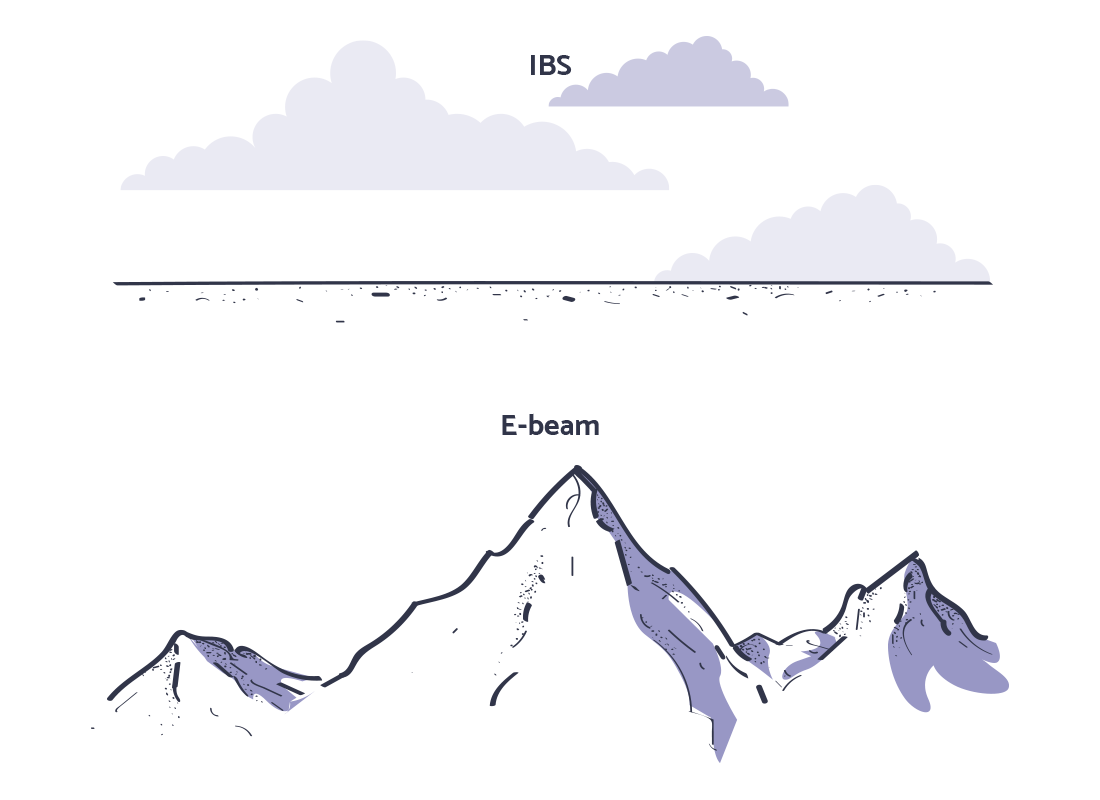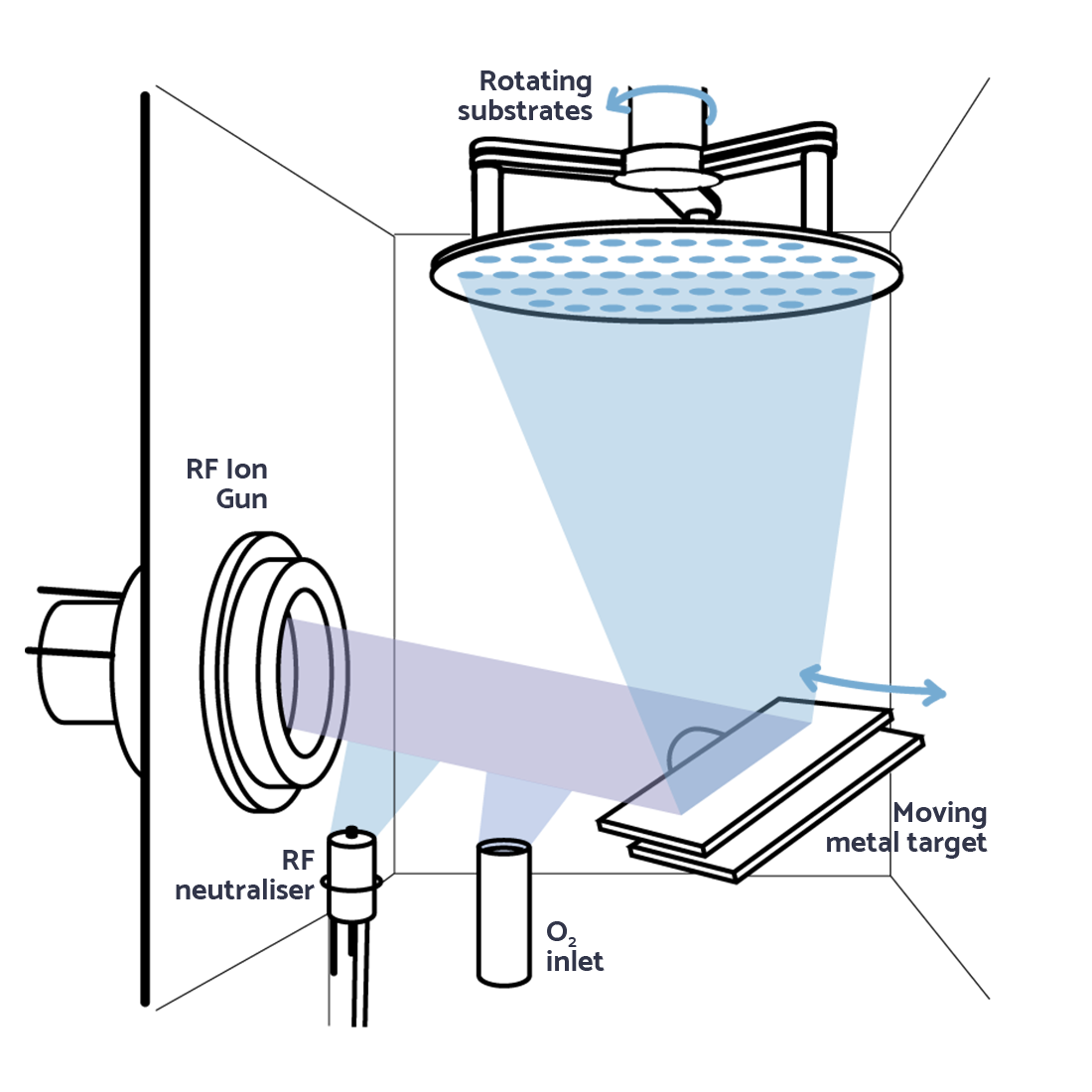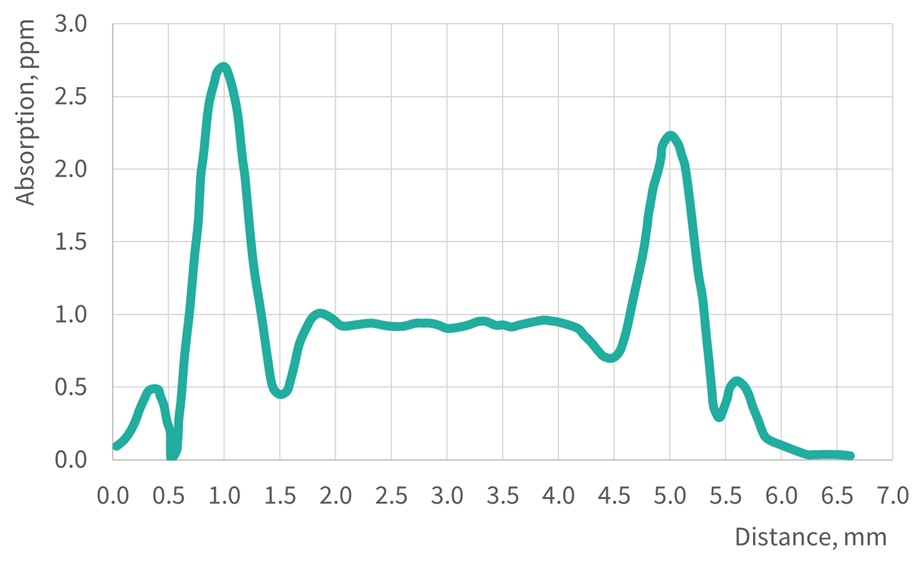Visit website OPTOMAN manufactures custom dielectric thin films and high-power laser optics, aiming for the highest possible accuracy, repeatability, and quality. This is possible with innovative ion-beam sputtering technology. Progressive control and automated processes allow the deposition of complex structures of several hundred thin film layers.
The advantages of spectral control include sharper features, higher contrasts, repeatable performance, and tighter tolerances.
We are ready to design, develop and manufacture cost effective yet advanced high accuracy and repeatability thin film coatings and laser optics for universities as well as laser and laser systems manufacturers worldwide.







